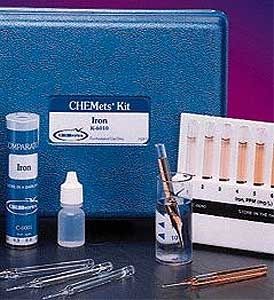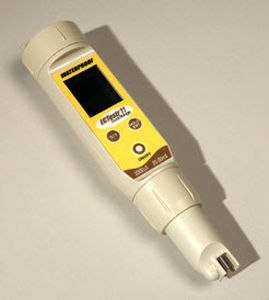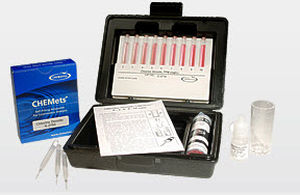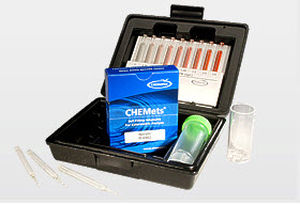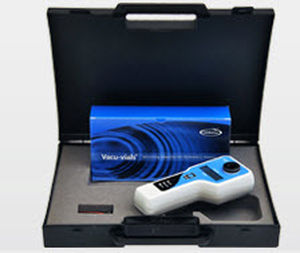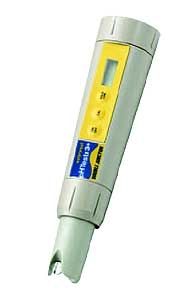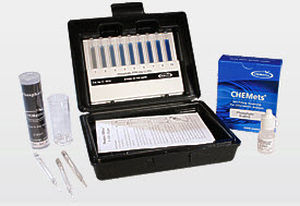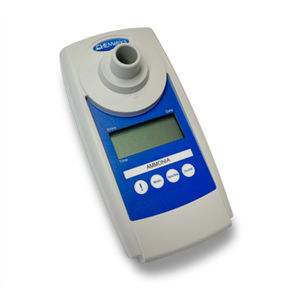

- Products
- Catalogs
- News & Trends
- Exhibitions
Water analyzer chlorinehydrogentemperature
Add to favorites
Compare this product
Characteristics
- Measured entity
- water, chlorine, hydrogen
- Measured value
- temperature
- Configuration
- portable
Description
Methods
Chloride is the most common inorganic anion found in water and wastewater. The Maximum Secondary Contaminant Level for drinking water for chloride is 250 mg/L. Natural sources of salt are the ocean and various salt deposits above and below ground.
Chloride is very corrosive to most metals in systems with elevated pressures and temperatures such as boilers and oil-drilling equipment.
The Mercuric Nitrate Method
References: APHA Standard Methods, 21st ed., Method 4500-Cl- C (2005). ASTM D 512-04, Chloride Ion in Water, Test Method A. USEPA Methods for Chemical Analysis of Water and Wastes, Method 325.3 (1983).
The Chloride Titrets® Kits employ a mercuric nitrate titrant in acid solution with diphenylcarbazone as the end point indicator. Results are expressed as ppm (mg/L) Cl-.
*Contains mercury. Dispose according to local, state or federal laws.
The Ferric Thiocyanate Method
Reference: APHA Standard Methods, 21st ed., 4500-Cl- E (2005). D. Zall, D. Fisher, M. Garner, "Photometric Determination of Chlorides in Water," Analytical Chemistry, Vol 28, No. 11, pp. 1665-1668, November 1956. J. O'Brien, "Automatic Analysis of Chlorides in Sewage," Wastes Engineering, pp. 670-672, December 1962.
Related Searches
- Gas analyser
- Concentration analyser
- Liquids analyser
- Dust analyzer
- Portable analyser
- Water analyser
- Temperature analyser
- Trace analyser
- Carbon dioxide analyser
- PH meter
- Hydrogen analyser
- Portable pH meter
- Conductivity meter
- Photometer
- Chlorine analyser
- Process pH meter
- Nephelometer
- Ozone analyser
- Portable conductivity meter
- Portable photometer
*Prices are pre-tax. They exclude delivery charges and customs duties and do not include additional charges for installation or activation options. Prices are indicative only and may vary by country, with changes to the cost of raw materials and exchange rates.


